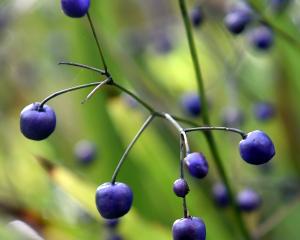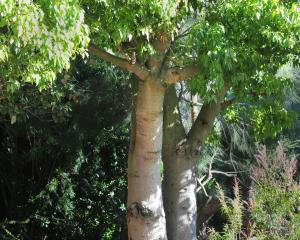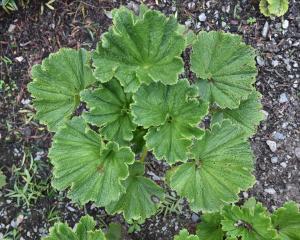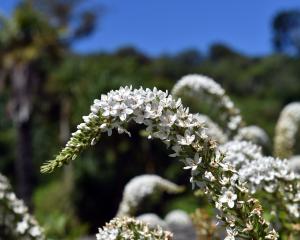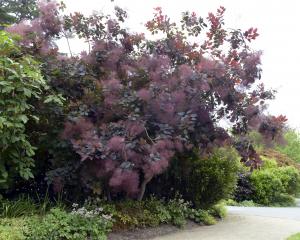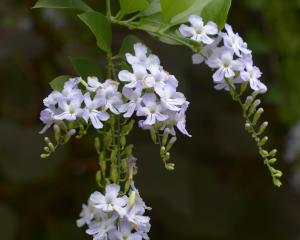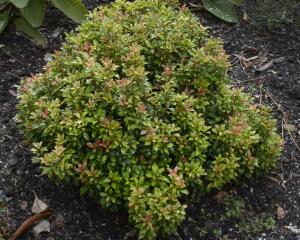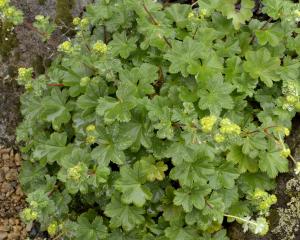Not closely related to any other plants, it has distinctive foliage, setting it apart from other conifers.
Fossil records dating back 230 million years make the extant tree a living fossil. Now endemic to Japan, fossils show it once grew in North America and Eurasia.
Its common name, Japanese umbrella pine, refers to the way the leaves are arranged in whorls around the branches, looking like the spokes of an umbrella.
Small cones on the ends of the branches and soft brown peeling bark contrast against the foliage.
Sciadopitys is a very slow-growing evergreen conifer, making it suitable for home gardens.
In cultivation, there isn't usually more than 1.5m of growth in the first 10 years.
It will eventually grow to 35m in its wild habitat, but much less in cultivation. A narrow conical shape when young, it tends to open up with age.
Grow it in moist but free-draining soils, with plenty of sun or in partial shade. It prefers soils that are slightly acidic so grows very well in Dunedin. Tolerant of frosts, it reportedly survives temperatures down to -30degC.
Suitable for a number of garden situations, it is best grown as a specimen in the border or lawn. It is also commonly used as a bonsai.
At Dunedin Botanic Garden you can see a couple of specimens near the Otaru Teien, beside the duck pond.
Stephen Bishop is curator of the Otaru Teien at Dunedin Botanic Garden.

